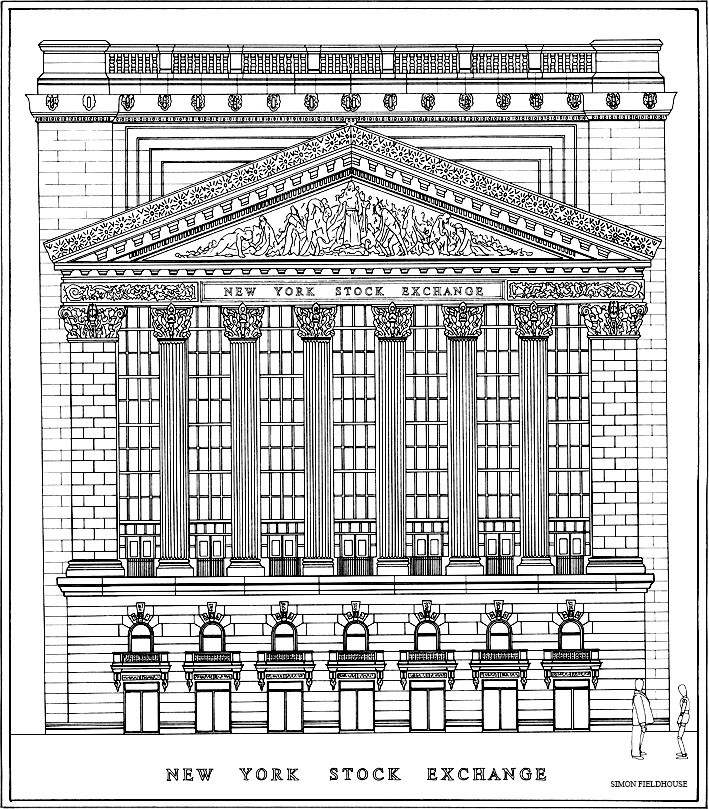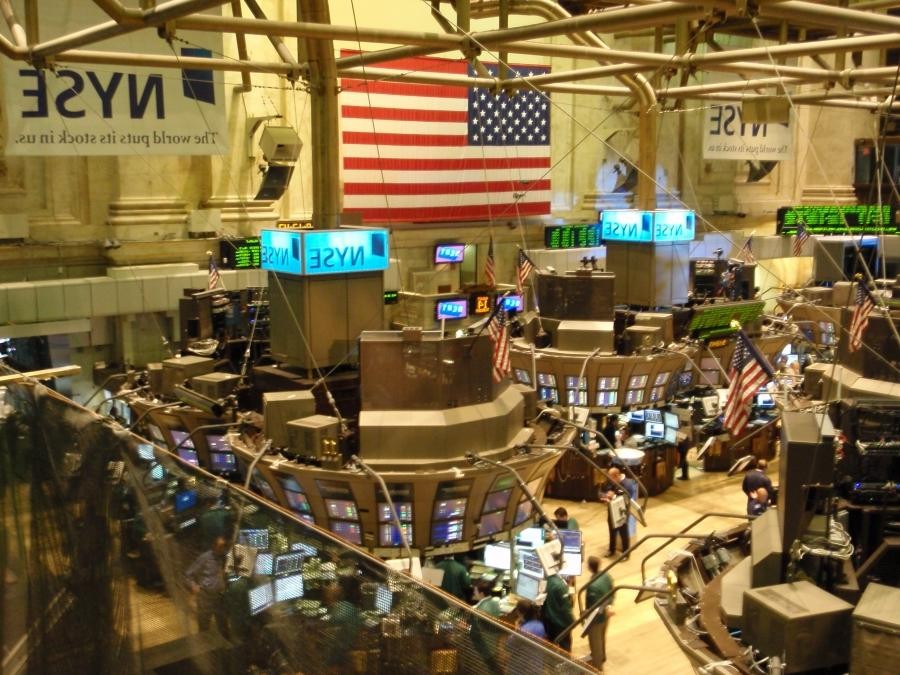Floor trader Wikipedia the free encyclopedia
Post on: 2 Август, 2015 No Comment

From Wikipedia, the free encyclopedia
A floor trader is a member of a stock or commodities exchange who trades on the floor of that exchange for his or her own account. The floor trader must abide by trading rules similar to those of the exchange specialists who trade on behalf of others. The term should not be confused with floor broker. Floor traders are occasionally referred to as registered competitive traders. individual liquidity providers or locals .
These traders are subject to a screening process before he or she can trade on the exchange. You have most likely seen floor traders on television shows or in movies. The people who operate as floor traders are in an open outcry system that has slowly been replaced by automated trading systems and computers that work in the same fashion as humans without the interaction of people buying and selling stocks.
Contents
Steps to becoming a floor trader [ edit ]
To begin the process of becoming a floor trader, one must first complete a business degree at any given university. It is recommended to graduate with a master’s degree; however it is equally viable to earn a bachelor’s degree. Devoting time to studying fundamental analysis, as well as other courses that will guide you to your career is essential. Those who have earned a higher degree have a slight advantage over other floor traders as it will be clear that the more one knows about how the stock exchange works, the better they will be able to perform as a floor trader. [ 1 ]
Following the degree, one must gain as much experience about the stock exchange as possible as it is an extremely fast-paced and competitive work environment. This is crucial to becoming a successful floor trader. Some may decide to work for a brokerage to get an idea of how the system functions or work as a clerk who essentially does tasks identical to that of a floor trader but for another person. This is a great way to gain experience as well as saving money for a membership as they can be very costly. [ 1 ]

Every floor trader (FT) is required to file a completed online Form 8-R and have a fingerprint card. They must also have proof from a contract market that they have been granted the trading privileges to work on the trading field. A non-refundable Floor Trader Application Fee that comes at the cost of $85.00 is also required to become certified as a floor trader. [ 2 ]
Every non-natural person floor trader (FTF) is required to file a completed online Form 7-R. To be granted trading privileges, they must abide by the same process as the floor trader. The application fee comes at a higher cost than an FT with it totalling $200. [ 2 ]
Rise of the machines [ edit ]
The first major electronic alternative was the Instinet. a machine that could bypass the trading floor and handle one another on a personal basis. It did not however begin taking off until the 1980s, but has been a vital player beside those of its likes such as Bloomberg and Archipelago. The use of electronic mediums to conduct tasks done by floor traders has increased throughout the years, however there are many exchanges in the United States such as the NYSE that prefer to use the open outcry method that involves verbal communication. The benefits of using this system is that traders can read people and results in surprisingly lower error rates in comparison to computers that cannot pick up verbal signals. [ 3 ]














